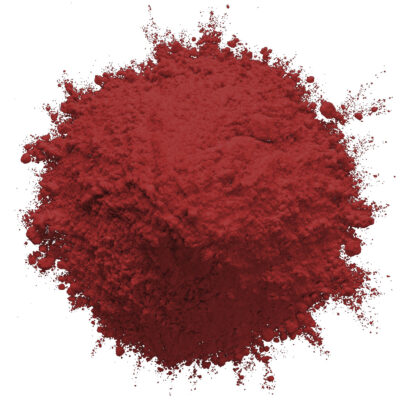Zinc pyrithione, often abbreviated as ZnPT, is a powerful chemical compound used in the paint and ink industries to enhance the properties of anti-corrosive paints. Understanding the role of zinc pyrithione as a booster biocide helps in appreciating how it improves the effectiveness and durability of these paints.
Anti-corrosive paints are specially formulated to protect metal surfaces from rust and corrosion. These paints are essential for extending the life of structures like bridges, ships, pipelines, and industrial equipment. The main challenge in protecting metal surfaces is preventing the growth of microorganisms that can contribute to corrosion. This is where zinc pyrithione comes into play.
Zinc pyrithione is an effective biocide, which means it can kill or inhibit the growth of harmful microorganisms such as bacteria, fungi, and algae. When added to anti-corrosive paints, it acts as a booster biocide, enhancing the paint’s ability to protect metal surfaces. The presence of zinc pyrithione ensures that the paint not only provides a physical barrier against moisture and oxygen, which are primary causes of rust, but also actively combats microbial growth that can accelerate corrosion.
One of the main advantages of using zinc pyrithione in anti-corrosive paints is its broad-spectrum effectiveness. It works against a wide range of microorganisms, making it a versatile and reliable additive. This broad-spectrum activity is crucial because it means the paint can protect against multiple types of microbial threats, providing comprehensive protection for the coated surfaces.
Another significant benefit of zinc pyrithione is its stability and long-lasting effects. Once incorporated into the paint, it remains active for an extended period, ensuring ongoing protection even in harsh environmental conditions. This is particularly important for structures exposed to seawater, humidity, or industrial pollutants, where the risk of corrosion is high. The long-term effectiveness of zinc pyrithione helps in reducing maintenance costs and the need for frequent repainting.
Zinc pyrithione also contributes to the overall durability of anti-corrosive paints. By preventing microbial growth, it helps maintain the integrity of the paint film, ensuring that the protective layer remains intact and effective. This is important for preserving the aesthetic appearance and functional performance of the painted surface. For instance, in the maritime industry, where ships are constantly exposed to saltwater and marine organisms, paints containing zinc pyrithione can significantly enhance the longevity and performance of the coatings.
In addition to its biocidal properties, zinc pyrithione is known for being safe and environmentally friendly when used appropriately. It has been extensively studied and is widely used in various applications, including personal care products like shampoos and soaps, due to its low toxicity to humans and animals. This safety profile makes it a suitable choice for use in paints that may come into contact with people or the environment.
The use of zinc pyrithione as a booster biocide is not limited to anti-corrosive paints for metal surfaces. It can also be used in paints for other materials where microbial growth needs to be controlled. For example, in outdoor wood paints, it can prevent mold and mildew, ensuring that wooden structures remain strong and visually appealing.
So you can see from above how Zinc pyrithione is a valuable additive in the paint and ink industries, particularly in anti-corrosive paints. Its role as a booster biocide enhances the protective qualities of these paints by preventing microbial growth, thereby extending the lifespan of coated surfaces.
With its broad-spectrum effectiveness, long-lasting activity, and safety profile, zinc pyrithione helps manufacturers produce high-quality, durable, and reliable paints that can withstand harsh environmental conditions and reduce maintenance needs.






Leave a Reply